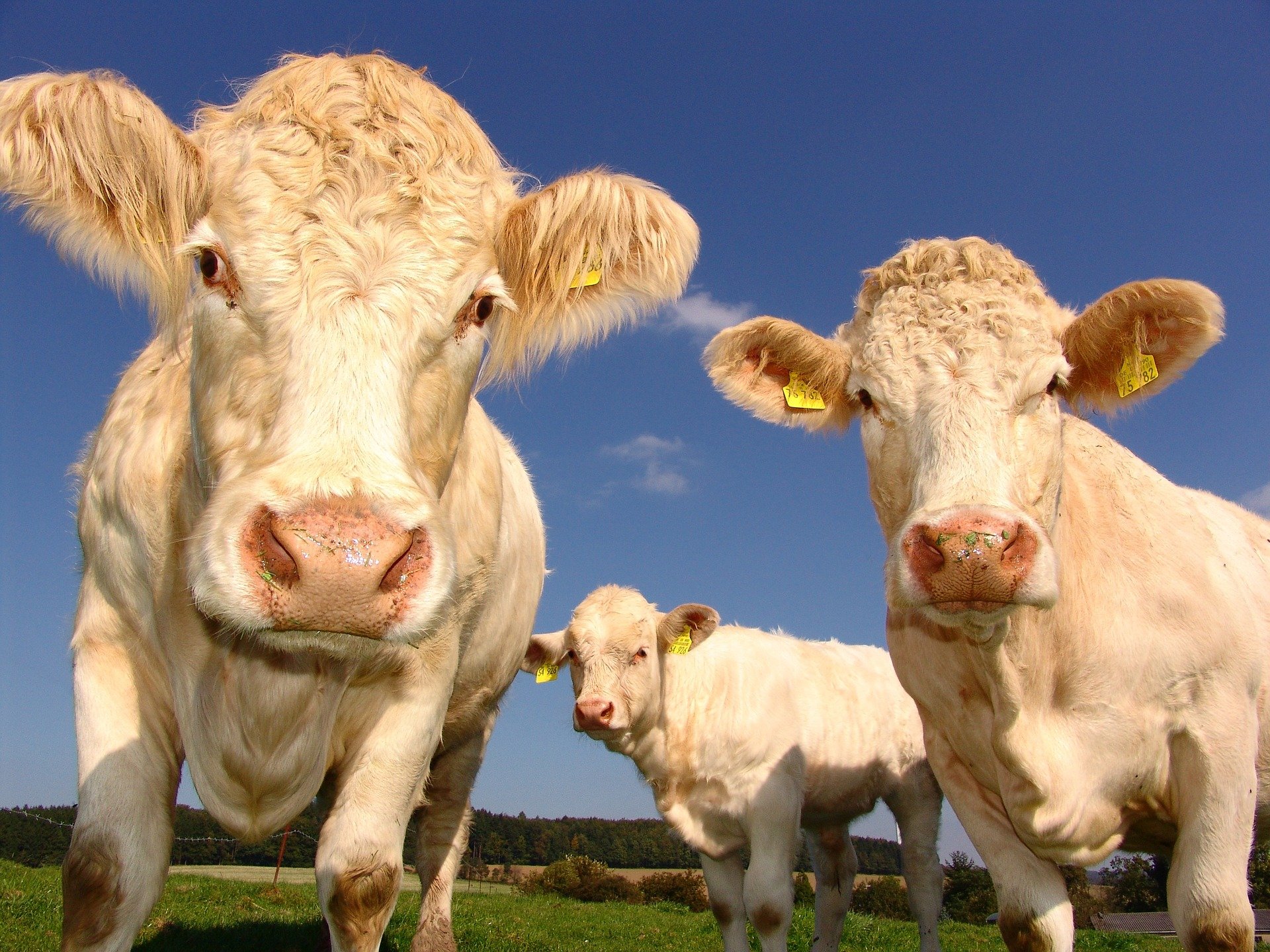Mad Cow Disease could kill you decades later
Most people who begin to show symptoms of Mad Cow Disease (variant CJD) will die within 4 months to 2 years.
v-CJD Initial Symptoms
At first you start to feel depressed and withdraw from your family and friends. Feelings of despair, anxiety and irritability set in. You have trouble sleeping. Then the physical effects begin to show. Difficulty walking, dizziness, vision problems and slurred speech.
Scary right? It doesn’t end there.
v-CJD Advanced Symptoms
You become aggressive, lose your appetite, feel confused, paranoid and your memory is severely impacted. Couple this with the advanced physical symptoms. Loss of speech and voluntary movement. Blindness, loss of bladder and bowel control and trouble swallowing.
Finally, you will be totally bed ridden and you will die. Nothing can be done to prevent death. We cannot stop it.
Outbreak in the UK
In the late 80’s and 90’s, there was an epidemic after infected beef entered the food chain in the UK. Almost 200 people died as a result.
Why should I care about that, I hear you ask. Well, if the title didn’t fill you in, how about this. According to Public Health England, as many as 1 in 2000 people could be carriers. And it can take 30 to 50 years for the disease to incubate.
As a middle aged person from England, that is terrifying. Knowing as I sit here typing this, I could be a ticking time bomb. I’m not about to live each day as if it’s my last, anything could kill you at any time, but still, it’s unsettling.
Especially when you realise that all through the outbreak in cattle in the 80’s, all the way up to 1995, the British government told people it was fine to eat infected meat, as it could not harm humans.
How it all started
In the 80’s, wealth was growing. Which meant a growing appetite for meat. Farmers, under pressure to produce beef quickly and cheaply, started using the waste parts of cows, sheep, pigs and even chickens in the feed they gave back to their livestock. Yep, you read that right. Cannibalism. Forced onto the animals to make a cheap buck.
This practice was outlawed in 1988. Much too late. One million infected cows had already entered the food chain. One cow for every 50 people in the UK at the time. Oh, and the government, like I mentioned above, insisted it was fine to eat.
Next, food producers started to use the brain and spinal cord (the worst infected part) of animals in a sludge called mechanical meat. Not to feed to their livestock. Nope, it went into pies and sausages. A lot of which found its way into the school dinners system. A school dinners system I was very much in. I left school in the mid 90’s, so was consuming this meat daily for years, unbeknownst to me. What you don’t know can’t kill you they say. Wanna bet?
Stephen Churchill
In 1994, Stephen Churchill was an 18 year old boy like any other. Until he started having depressive episodes. By December he could not even sign his own name. On February the 13th, he was finally diagnosed with v-CJD (Mad Cow Disease). He died in a care home on May the 21st, 1995.
He was the first person to be diagnosed with the new variant.
But why do some die soon after and others decades later?
It’s all down to your genes. All victims before 2009 had the MM gene code. The rest have VV or MV, with the MV thought to be the ones who incubate the disease for between 30 and 50 years.
Problem is, half the population share the MV gene code. Grant Goodwin (30) died from v-CJD in 2009. In 2014 a second man with the same genetic code died.
Hope springs eternal
It’s not all doom and gloom though. Since 2017 onwards, no-one in the UK has died from a confirmed case of v-CJD. So maybe we are over the worst of a epidemic whose root cause stretches all the way back to the 80’s.
I for one, certainly hope so.
Sources
Agonising decline that led to first diagnosis of new illness (independent.co.uk)
Cases of vCJD still to emerge after mad cow disease scandal (bbc.co.uk)
Mad Cow Disease: Experts warn a second outbreak could be on the way (chroniclelive.co.uk)
Creutzfeldt-Jakob disease (nhs.uk)
Creutzfeldt-Jakob disease Symptoms (nhs.uk)
Image Header (pixabay.com)

